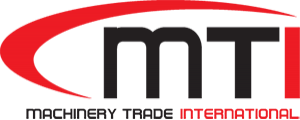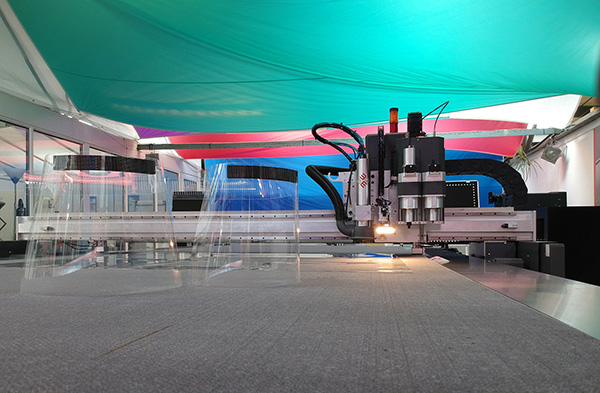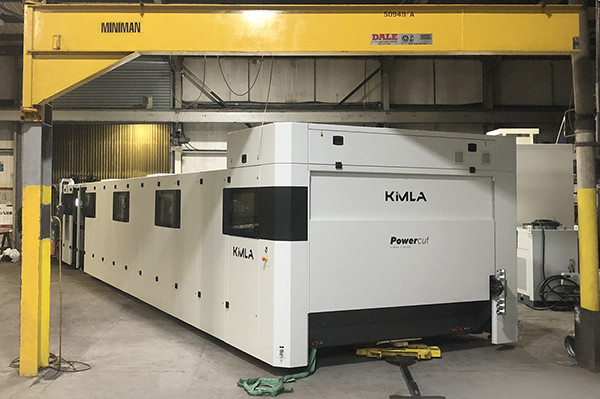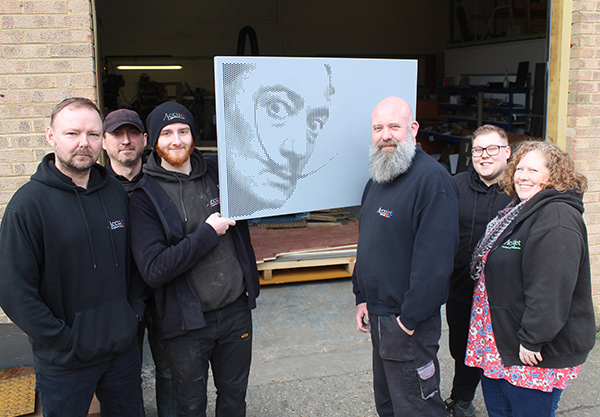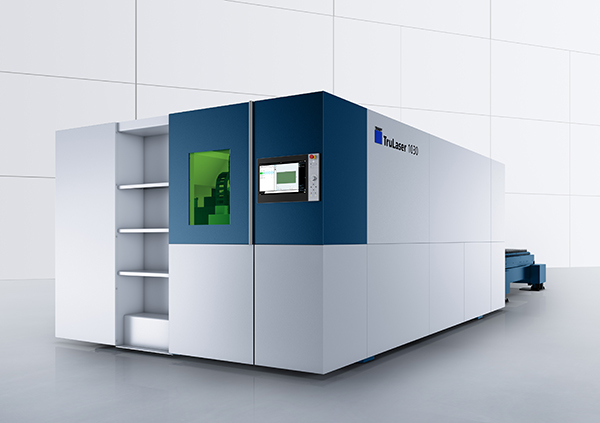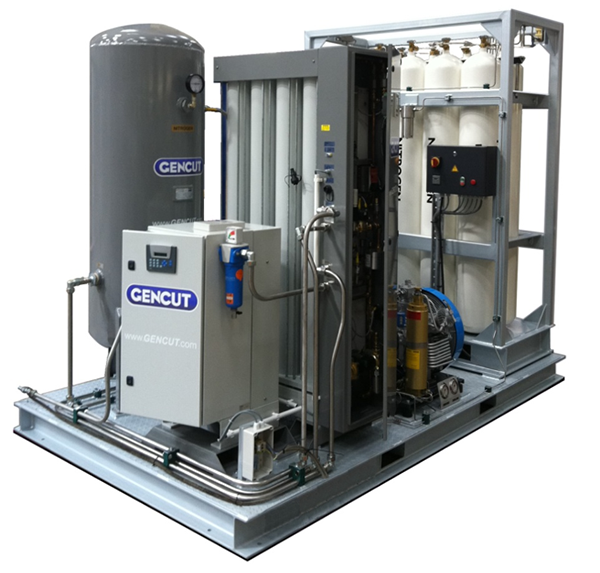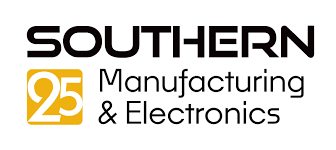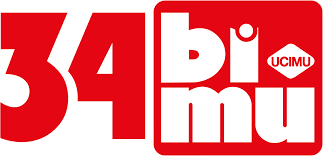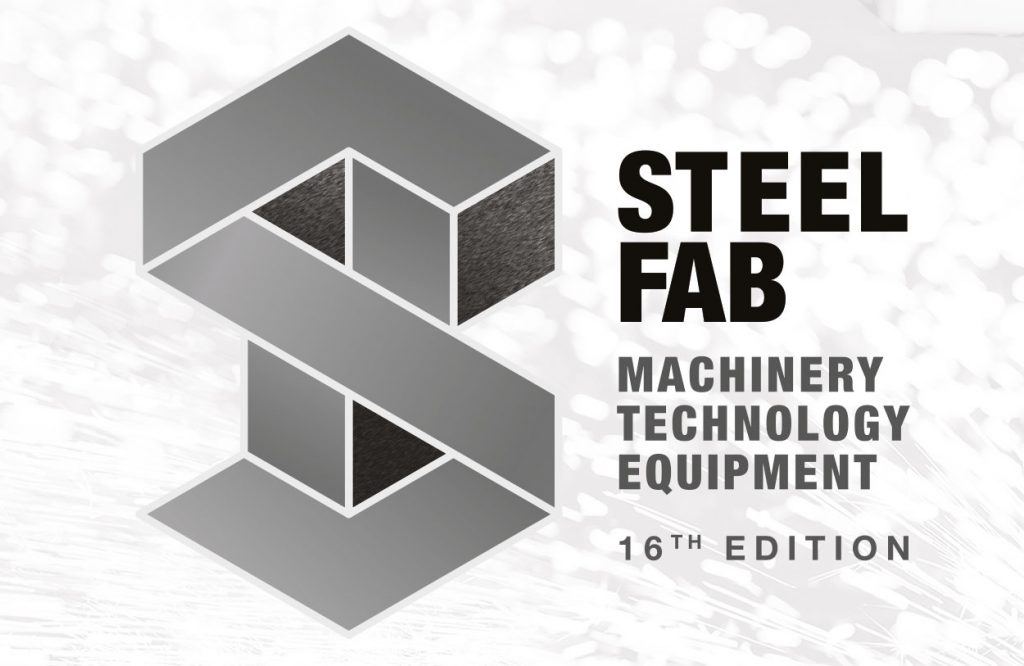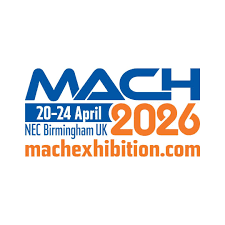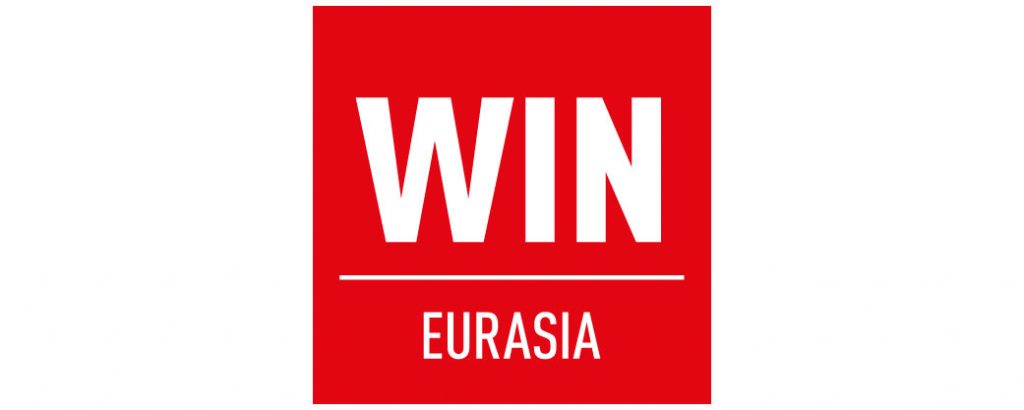An Essex-based manufacturer is using its expertise in cutting systems to design and make vital equipment to support frontline medical staff in the fight against COVID-19. Blackman & White has responded to the national call for urgent PPE by getting its CAD engineers to create a visor that is made from polycarbonate or acetate to make the most of its in-house cutting capabilities.

The firm is looking to utilise spare capacity in the demo room at its facility in Maldon, where Orion and Genesis V machines can use dual motion control routers and laser capabilities to produce 300 units a day. Bosses are now appealing for other businesses to support their efforts by: helping to source material that is currently hard to find or not of the right quality; assisting with product specifications; and identifying healthcare facilities in need of this vital safety equipment.
Eiko White, director at Blackman & White, says: “We can easily make 300 per day, but we’re struggling to source the right quality material; this is where we need help. The big stumbling blocks are 1 mm polycarbonate and 1 mm acetate.
“Our customers, who have been quick to come forward and offer their assistance, have been making do with alternatives, but supplies are drying up and, inherently, the costs are climbing,” she adds. “If we can get access to the right material, we can hopefully do our bit to protect NHS and care workers on the frontline.”
Blackman & White, which employs 28 people, is the UK’s only manufacturer of cutting systems, with all machines designed and manufactured from start to finish at its factory.
For further information www.blackmanandwhite.com
